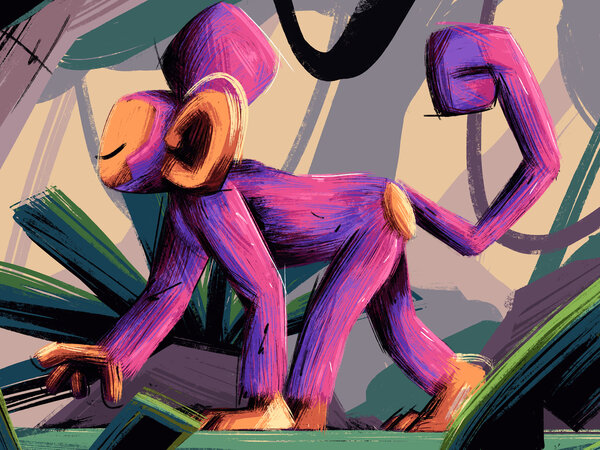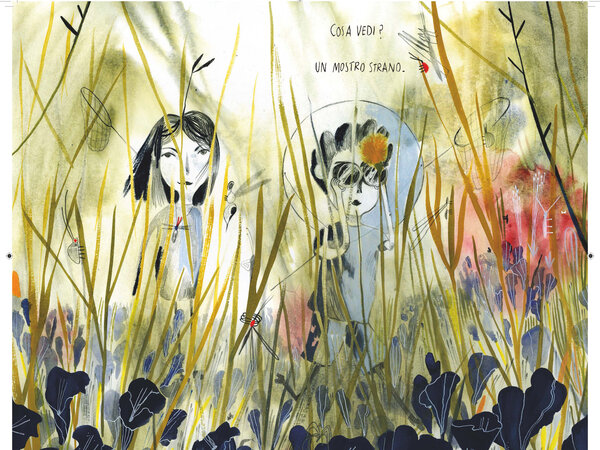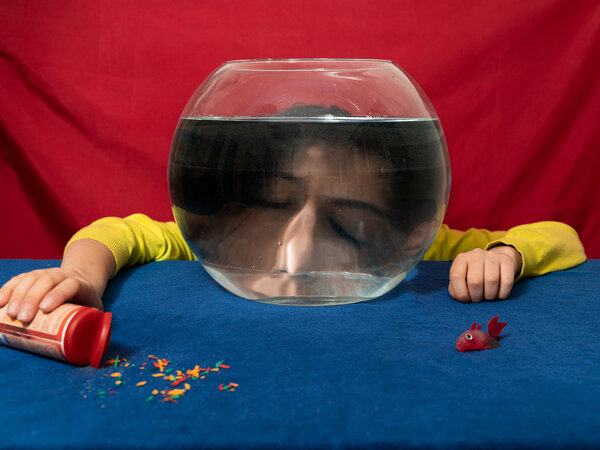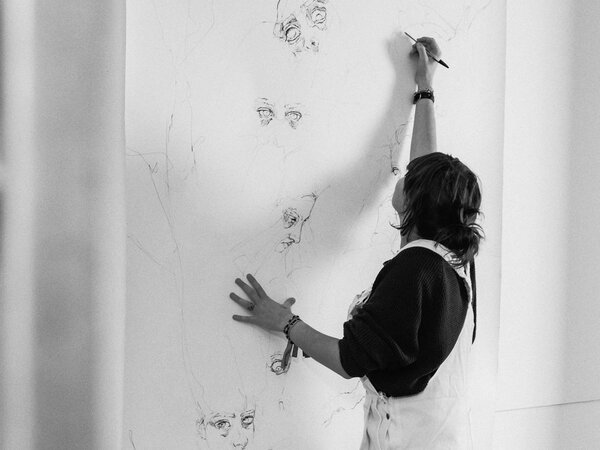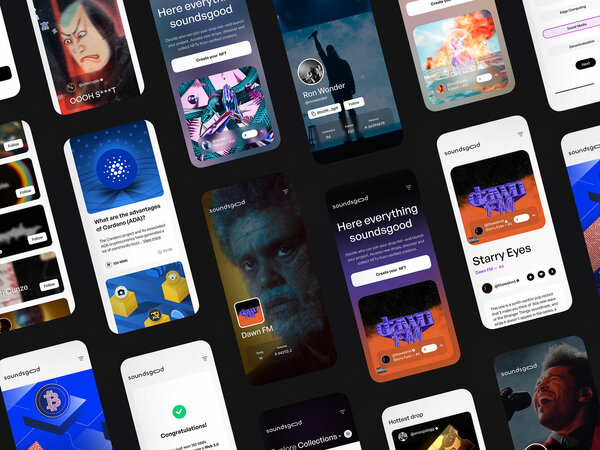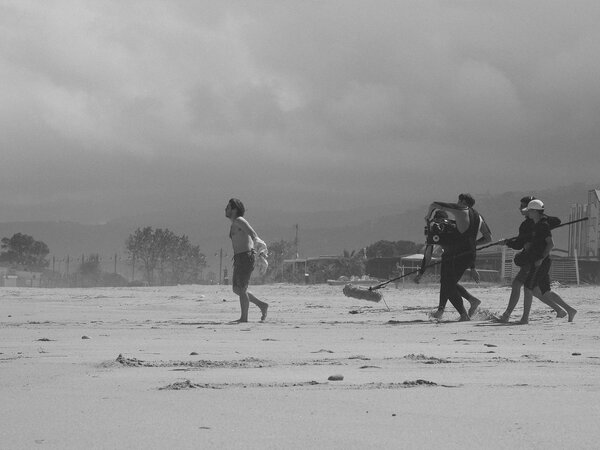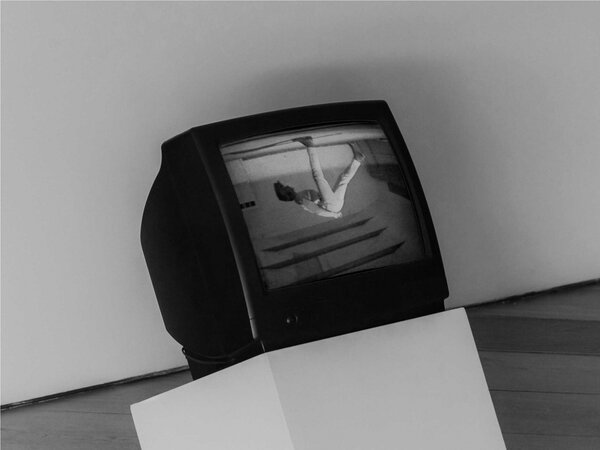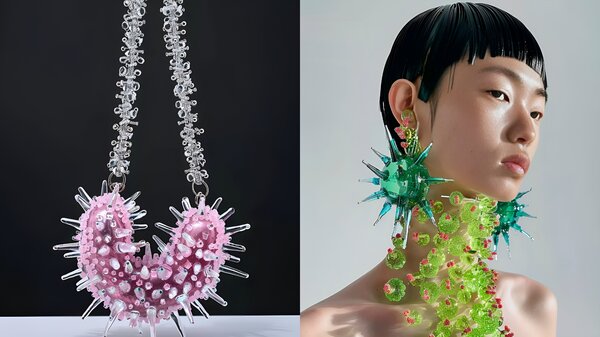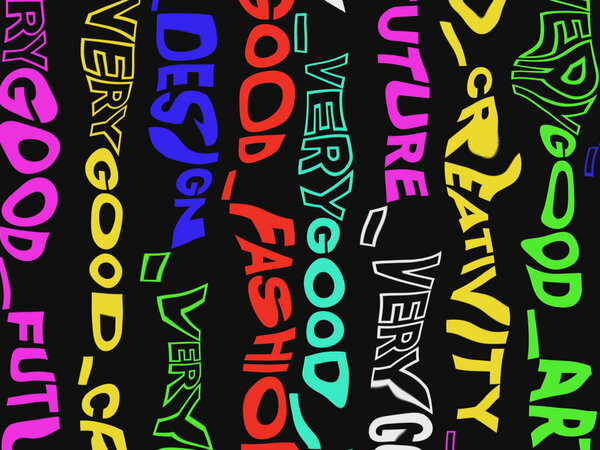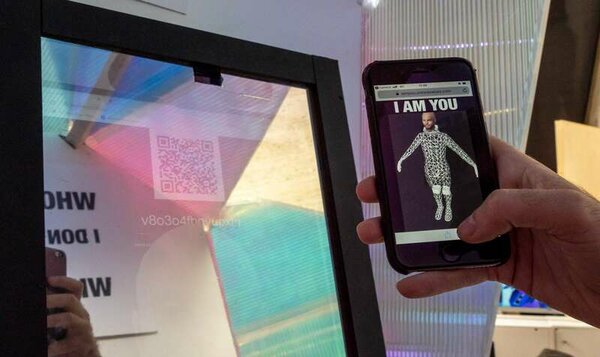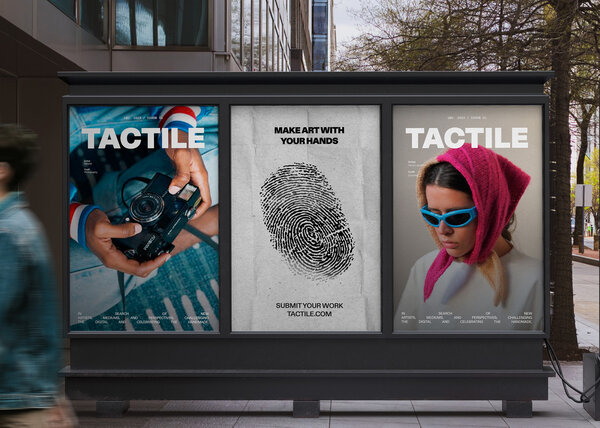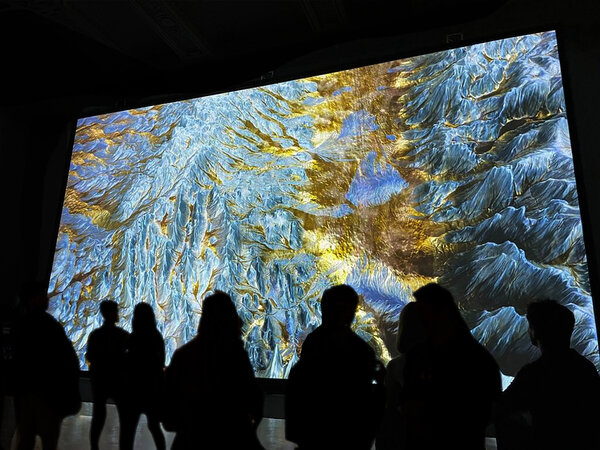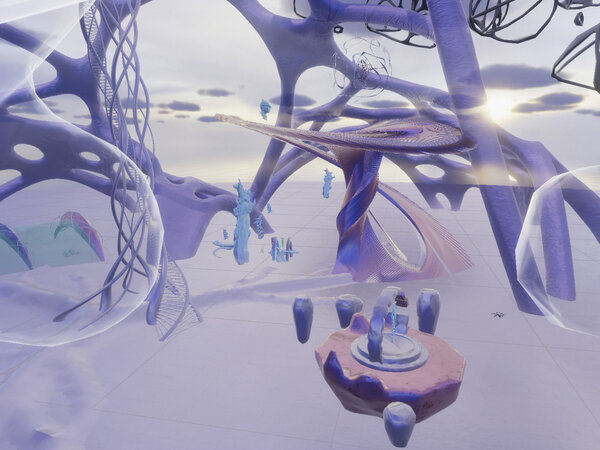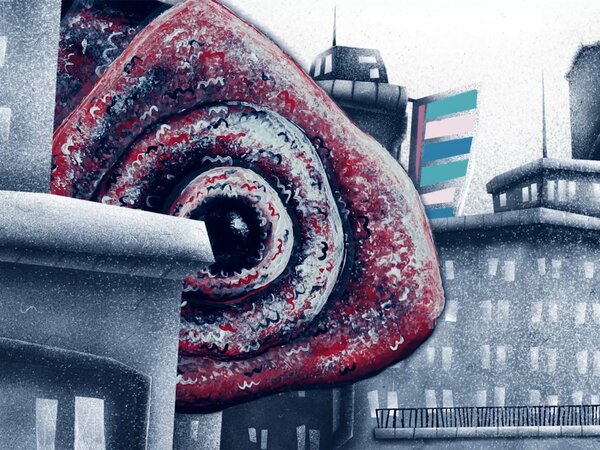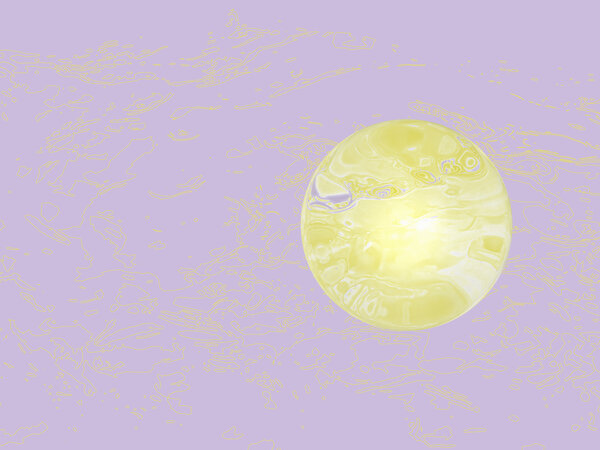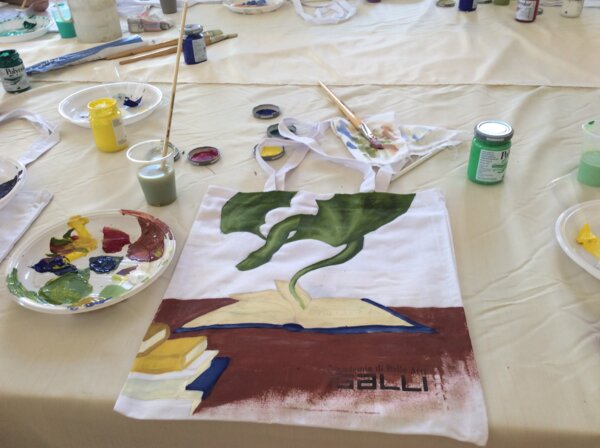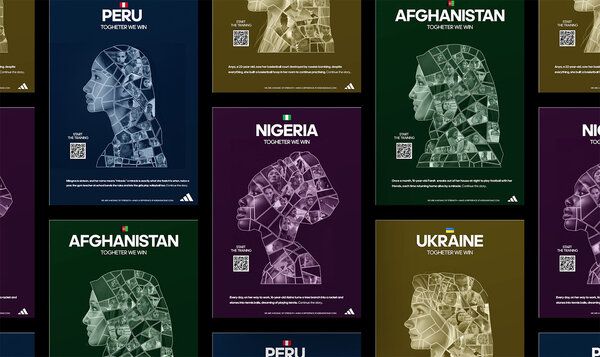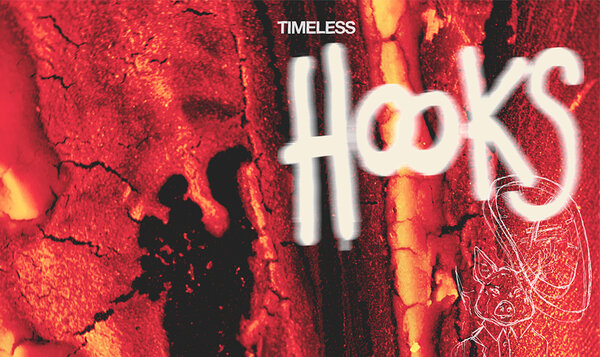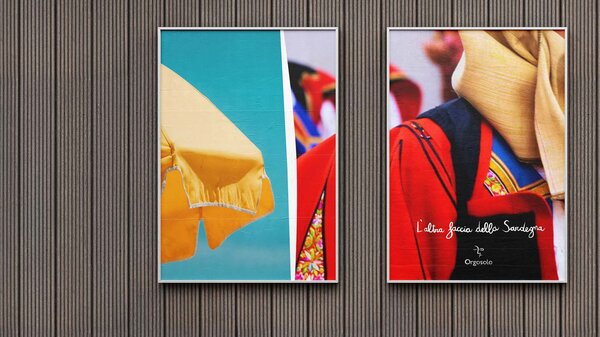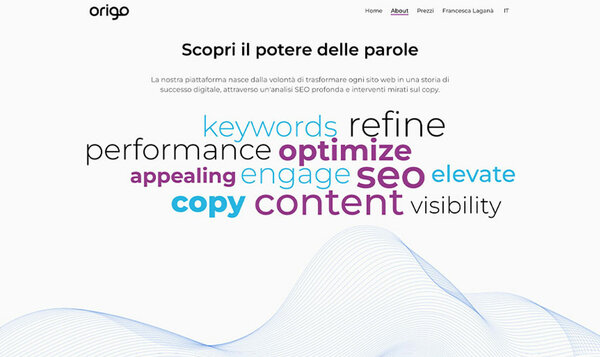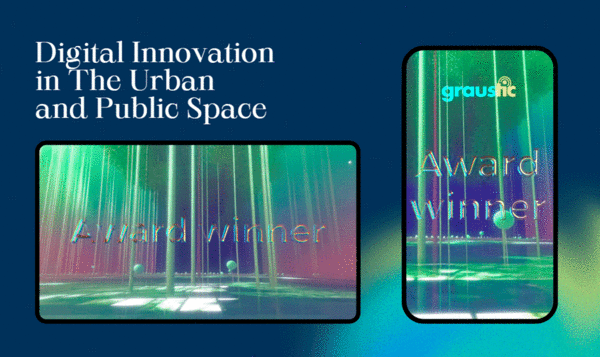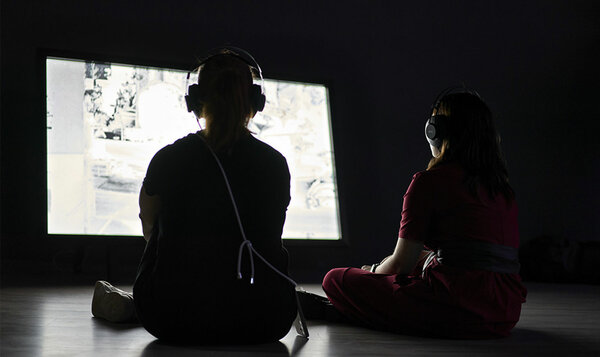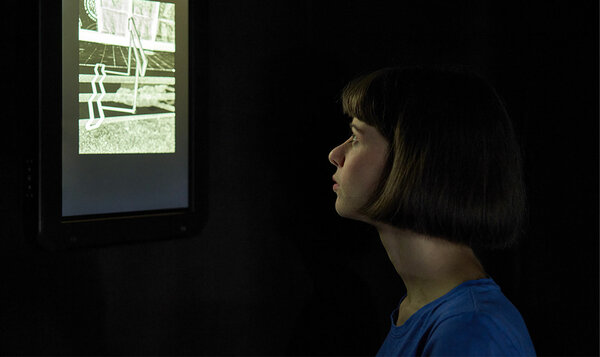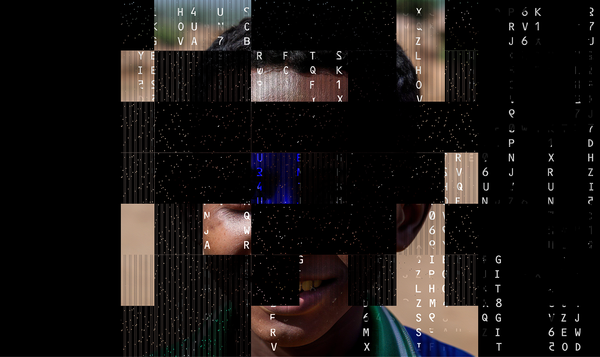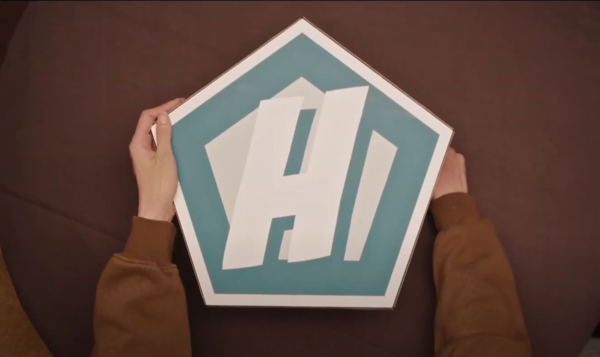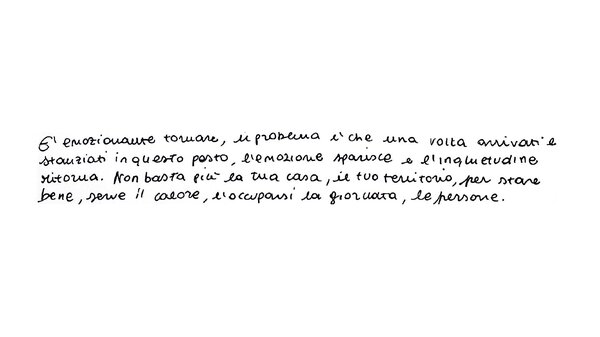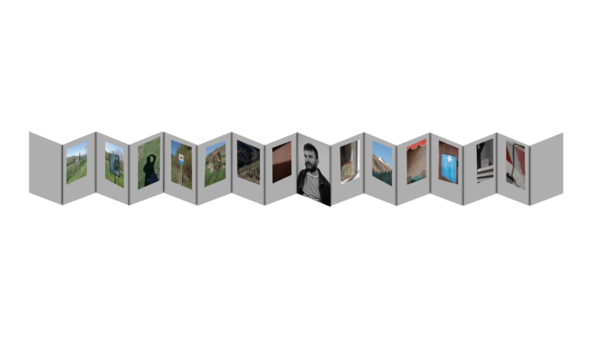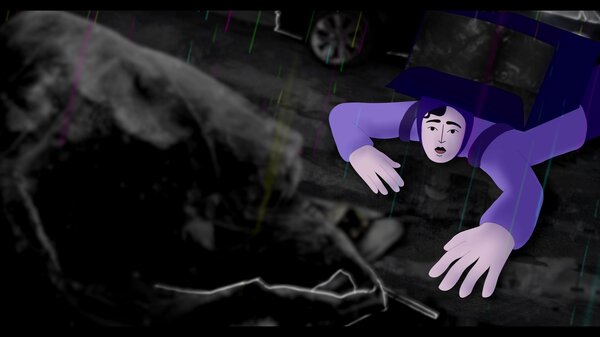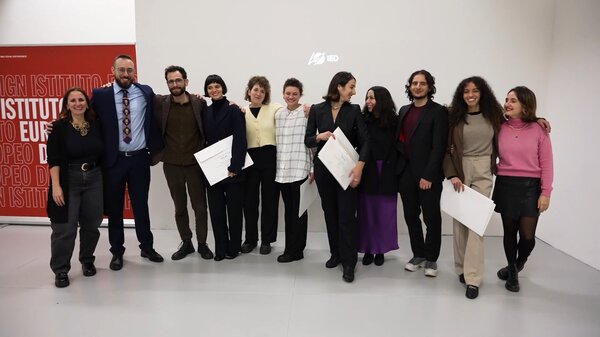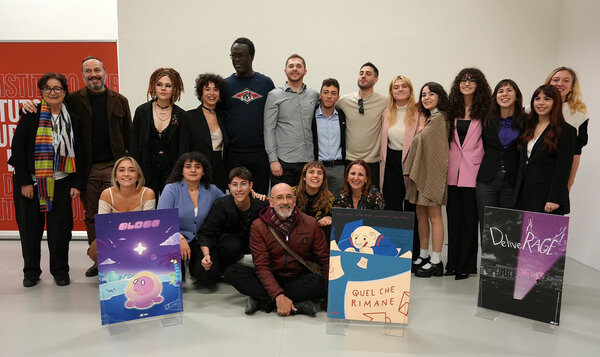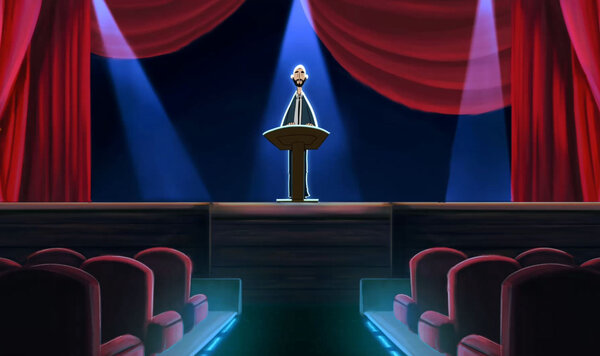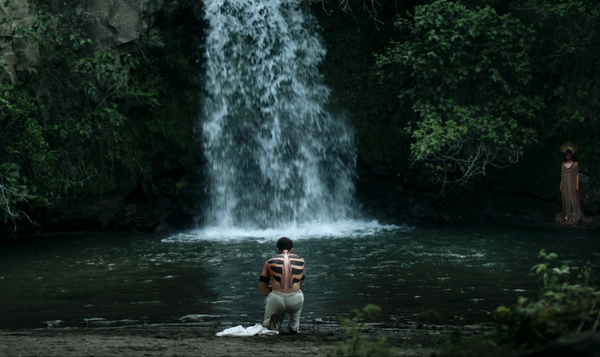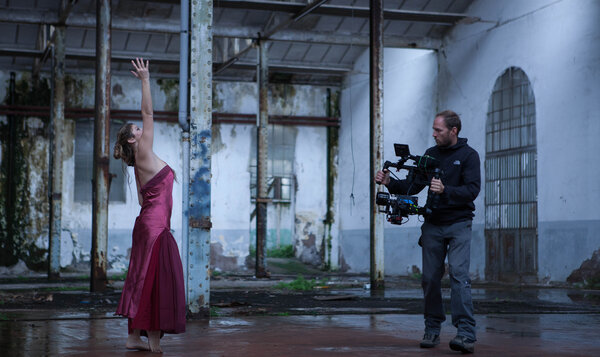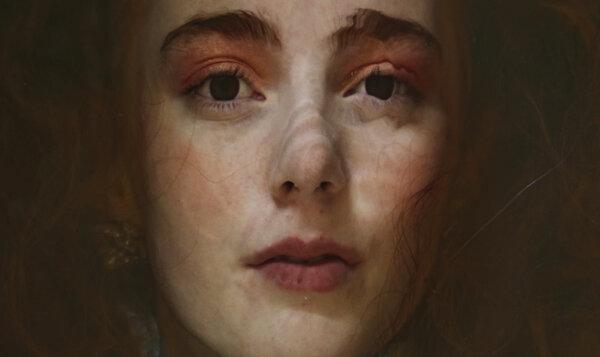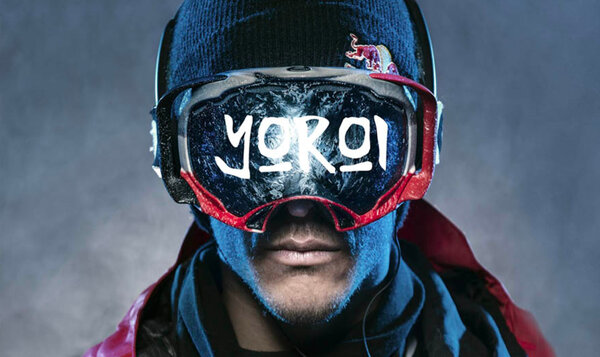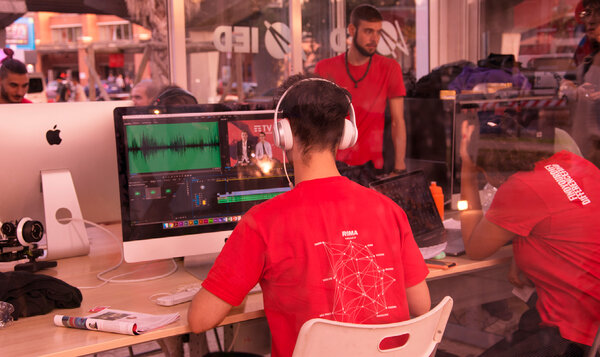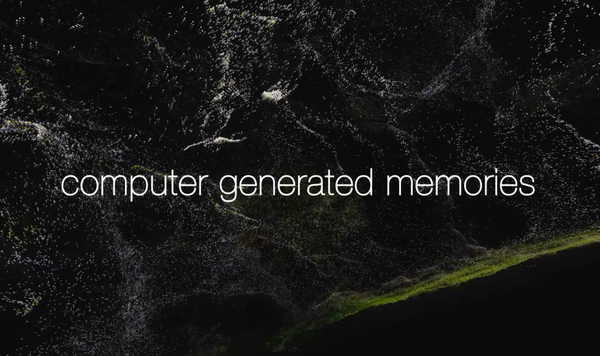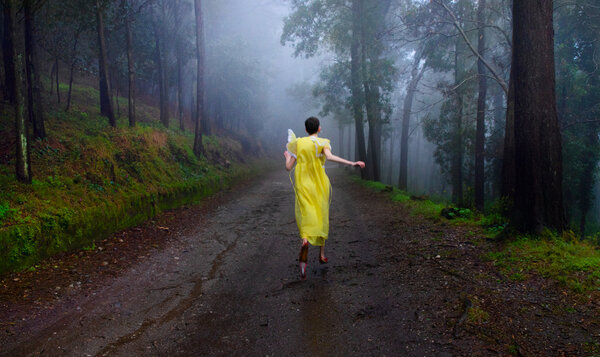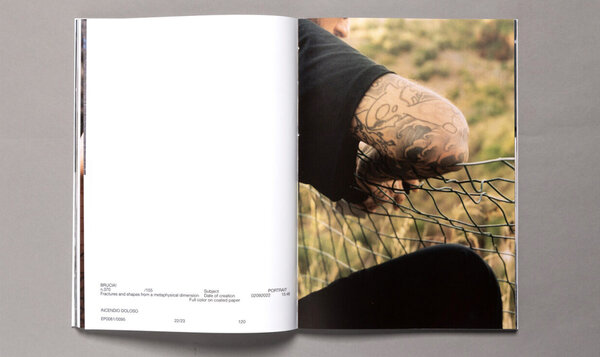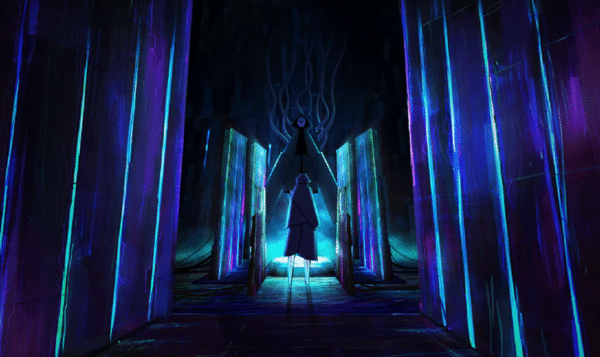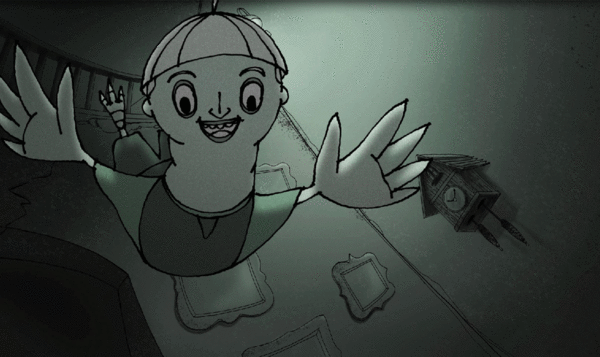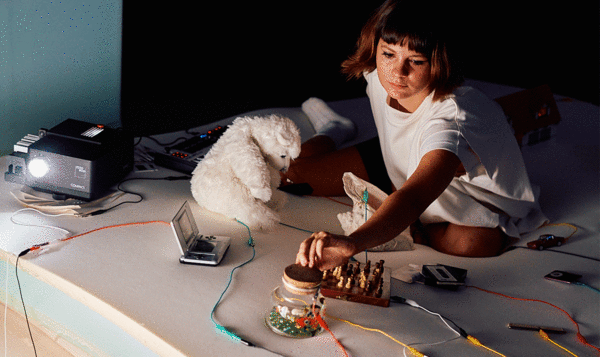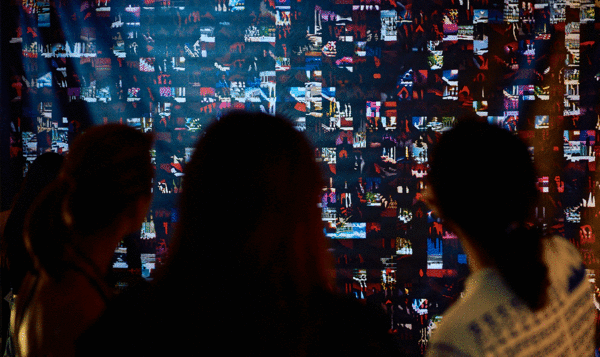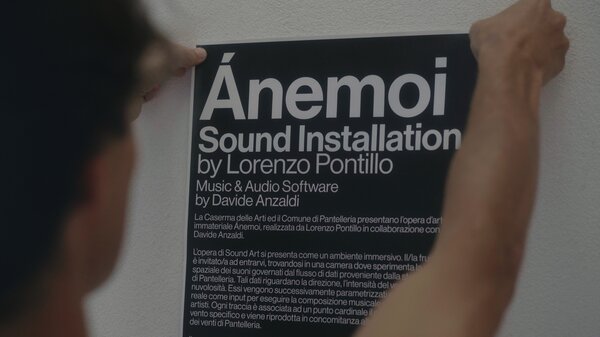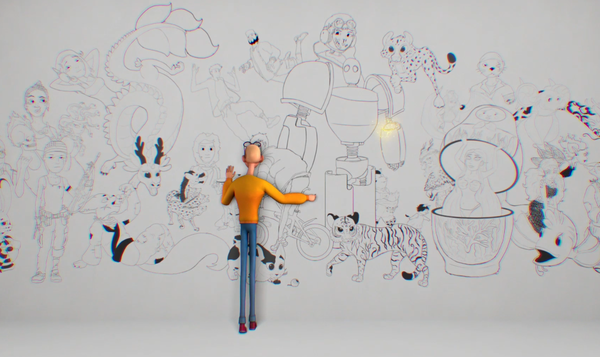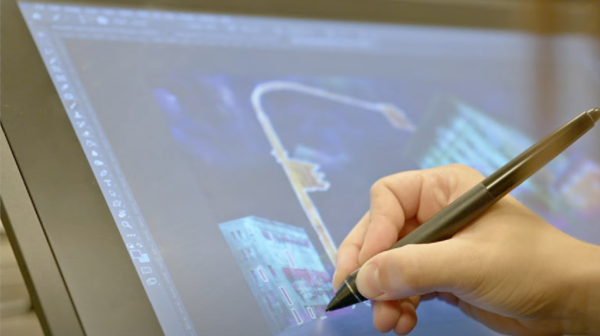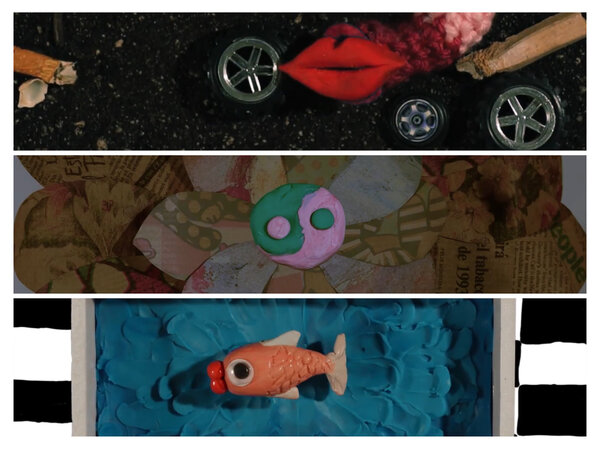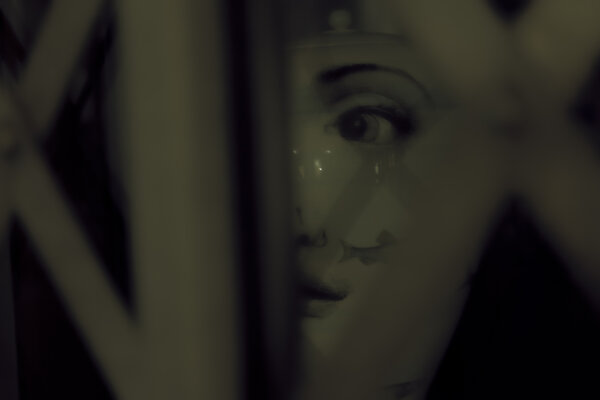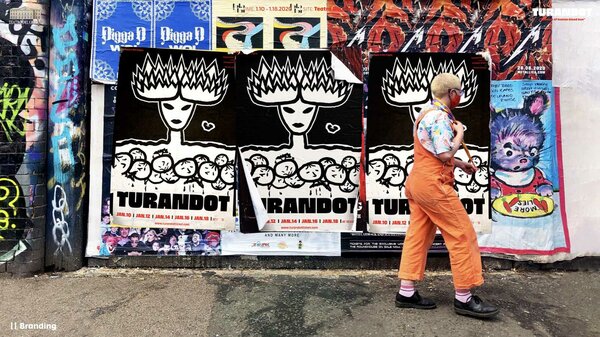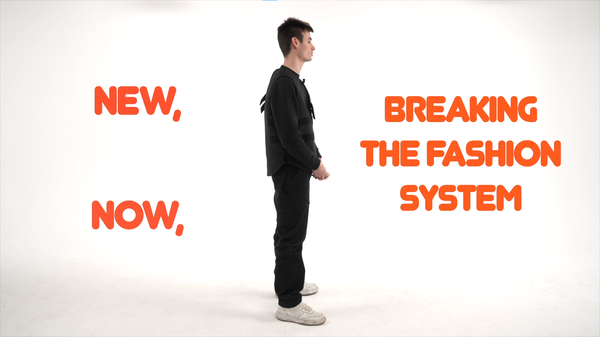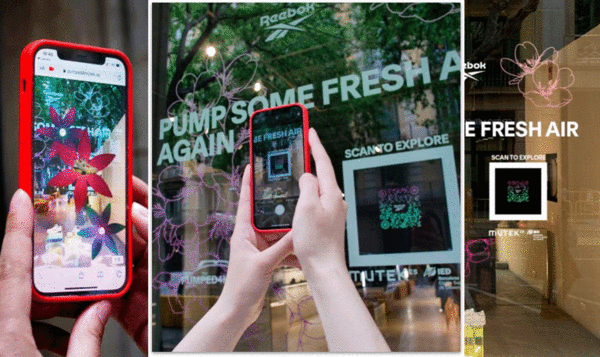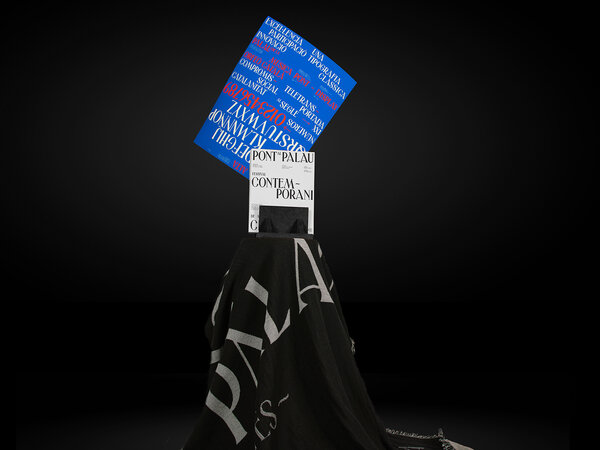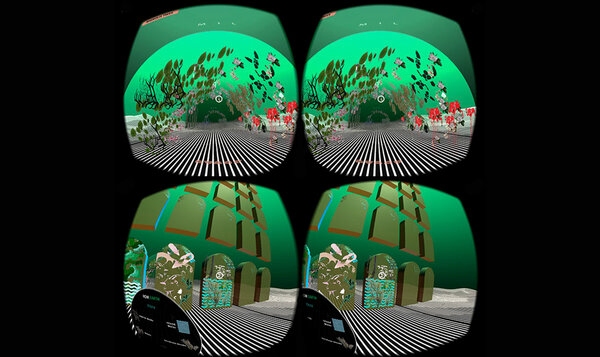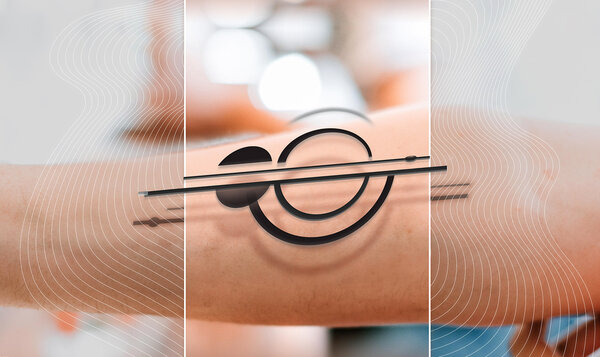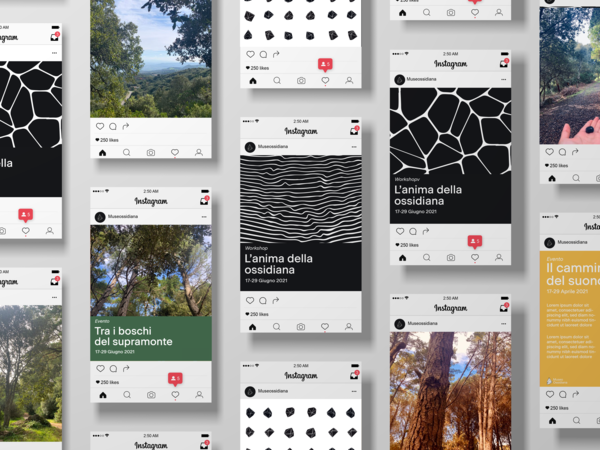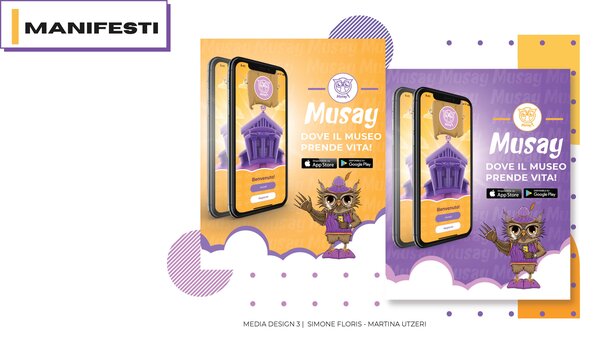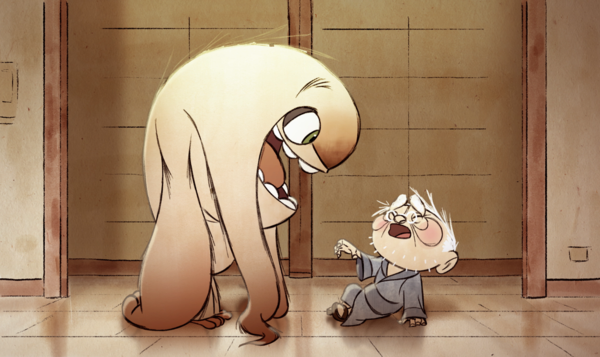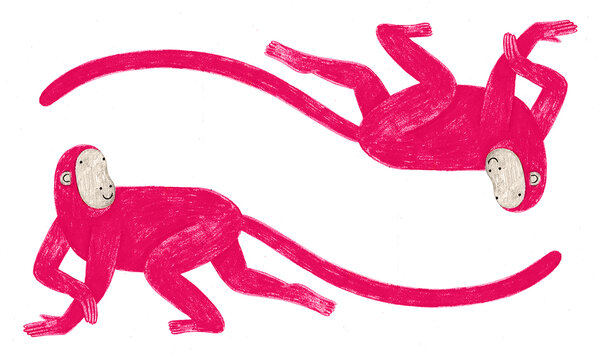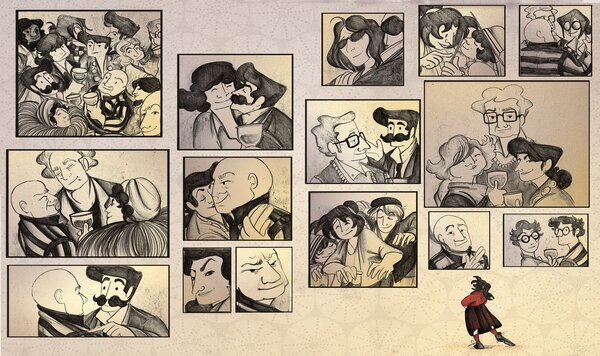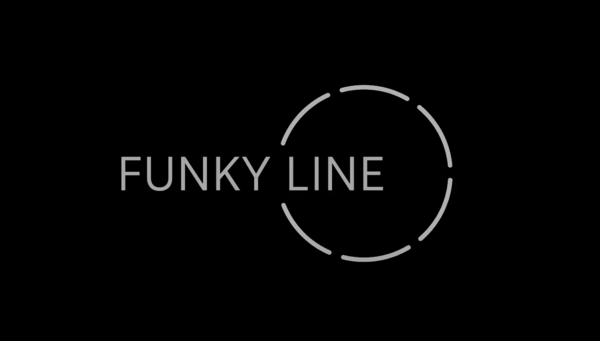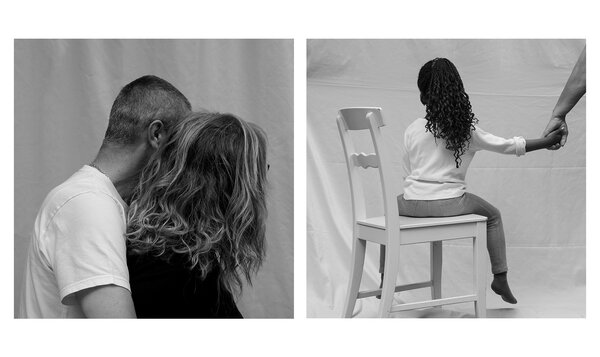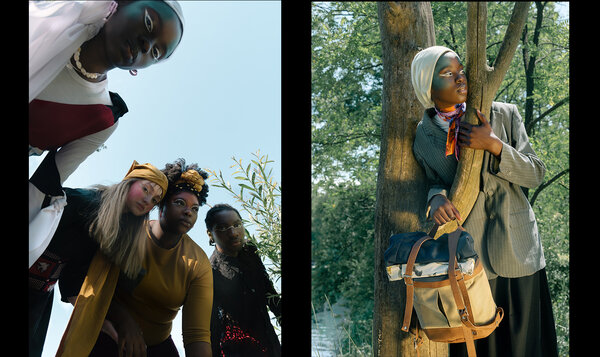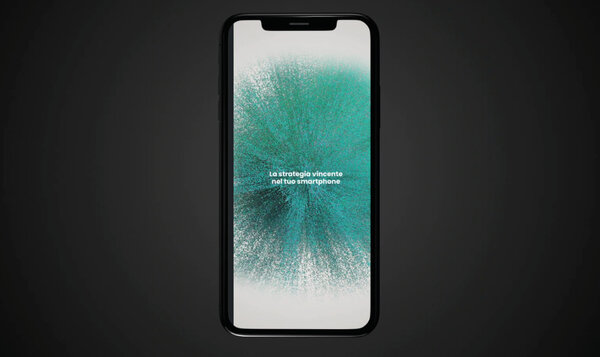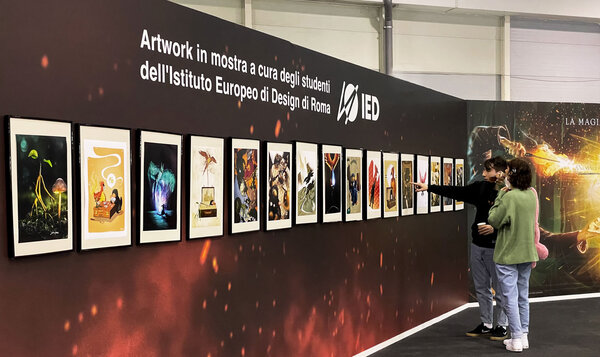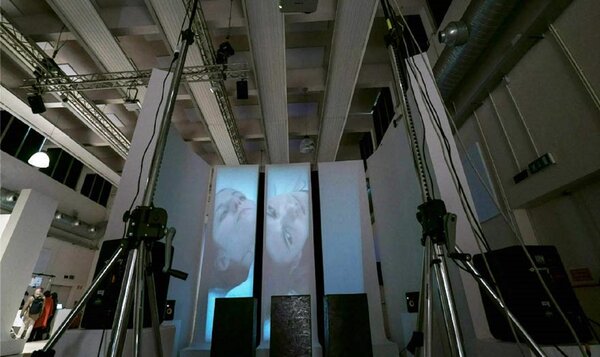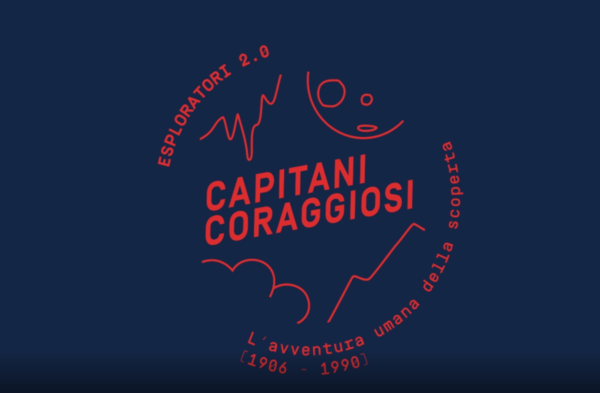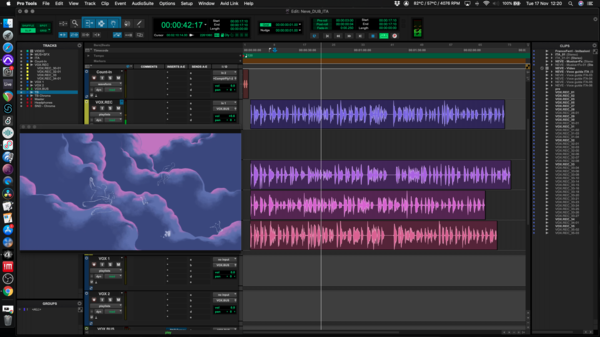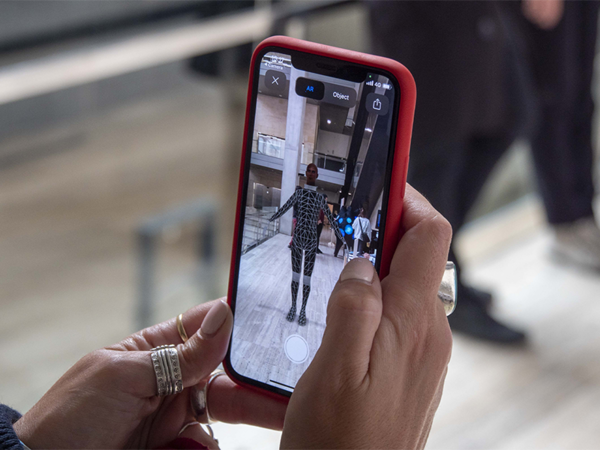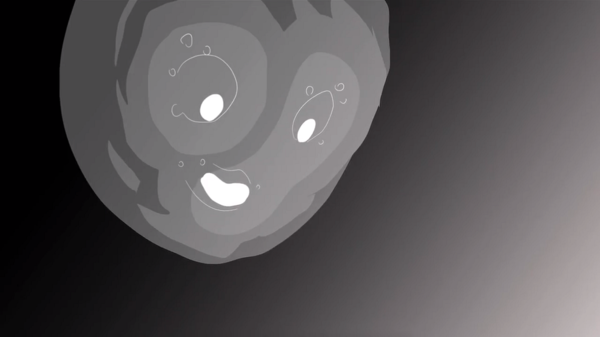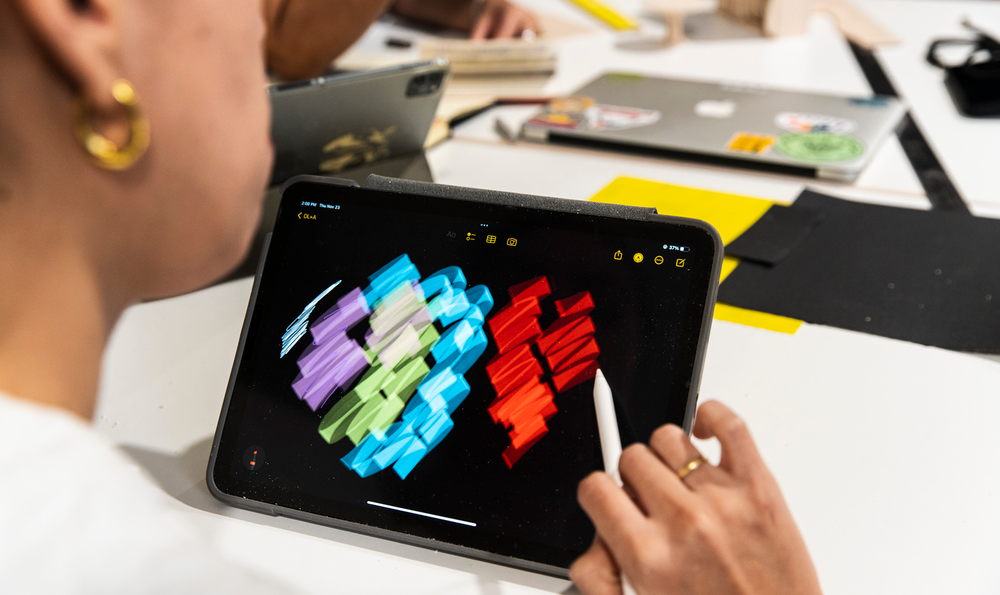
Visual Artists: who they are, what they do, and how to become one
Who they are and what they do
Visual Artists are creative professionals who use various forms of visual art, such as painting, drawing, photography and video, to express concepts and convey emotions in fields such as contemporary art, illustration, graphic design and advertising.
The integration of multimedia and digital technologies, such as augmented reality (AR) and artificial intelligence (AI), offers additional tools for artistic creation. These tools enable the creation of immersive and interactive experiences, providing new ways of visual expression and communication.
The primary goal of a Visual Artist is to combine different expressive modalities to create unique and original works that reflect their artistic vision and remain consistent with their idea of art. Beyond being aesthetically impactful, the aim of their creations is to communicate a powerful message, stimulating reflections and reactions in the audience.
Role and responsibility
Visual Artists create iconic paintings, illustrations, photographs, and videos for artistic, commercial, and promotional purposes to evoke emotions with their available tools.. Their cultural and professional background includes a broad knowledge of the digital world and the languages of multimedia and cross-media arts.
Their role may vary depending on the sector they work in, but creativity and originality are always the fundamental elements of their work. It is also vital that they are able to collaborate with other professionals such as Designers, Curators and Art Directors in order to realise complex projects and transform initially abstract ideas into concrete and functional representations.
The ability to create visual content by integrating sounds and music and collaborating with other professionals, such as Sound Designers or Media Designers, further enriches their projects, making them more engaging and expressive.
In the commercial field, a Visual Artist may be responsible for curating advertising campaigns, product packaging, book and magazine cover design, and much more. In these contexts, the essential element is to be able to balance one's creative vision with the needs of the client and the market by working to specific briefs, meeting tight deadlines and adapting one's style to ever-changing demands.
Career and salary
The career of a Visual Artist can follow different paths and progress either towards job opportunities in art galleries or online, or towards collaboration with companies for art or advertising projects. Consequently, salary also varies depending on various aspects such as the artist's fame, the demand for their works and the sector in which they work. An emerging artist might start out on modest earnings, but with time and the acquisition of experience and contacts, the earning potential can increase significantly.
Some artists choose to work freelance, offering illustration, design or photography services on demand, while others pursue a role within advertising agencies, design studios or publishing houses in order to establish themselves within a specific context. Skill diversification, experience and the ability to adapt to different work contexts can significantly expand career opportunities and increase income.

IED Open Days
We look forward to meeting you in person at our premises and online, to learn more about our teaching offerings, get to know our services and interact with coordinators, lecturers and students.
Skills and training
To emerge as a Visual Artist, it is necessary to have a solid understanding of artistic principles and specific techniques in the chosen field, which may be painting, drawing, or photography. Specific training in Visual Interactive Arts or related disciplines is essential to acquire the technical and theoretical skills needed to develop a personal and distinctive artistic language. Additionally, continuous training and participation in workshops, refresher courses and exhibitions are essential to staying updated with artistic trends and refining one's skills.
A Visual Artist must also be proficient in the use of digital tools and graphics software, such as Adobe Photoshop, Illustrator and other editing and design programs, which are particularly useful for those working in graphic design or advertising, where the ability to create digital art is often required.
It is equally important to develop skills in the fields of marketing and communication to promote one's work effectively. This may include managing social media accounts, creating a professional website and participating in online sales platforms. The ability to write and speak persuasively can help when presenting one's work to potential clients, gallery owners and art critics and come across as comprehensive and convincing.
How to become a Visual Artist
To pursue a career as a Visual Artist, it is advisable to attend specific courses that not only offer in-depth study programmes but also integrate the practical aspect through partnerships and participation in art competitions. In this way, students have the opportunity to come into contact with a wider audience and make themselves known while developing a solid portfolio, a calling card to present themselves to potential future clients or specialised agencies.
If you feel that the world of visual art is your calling, explore IED’s courses and embark on your training path to become a professional in the field.


